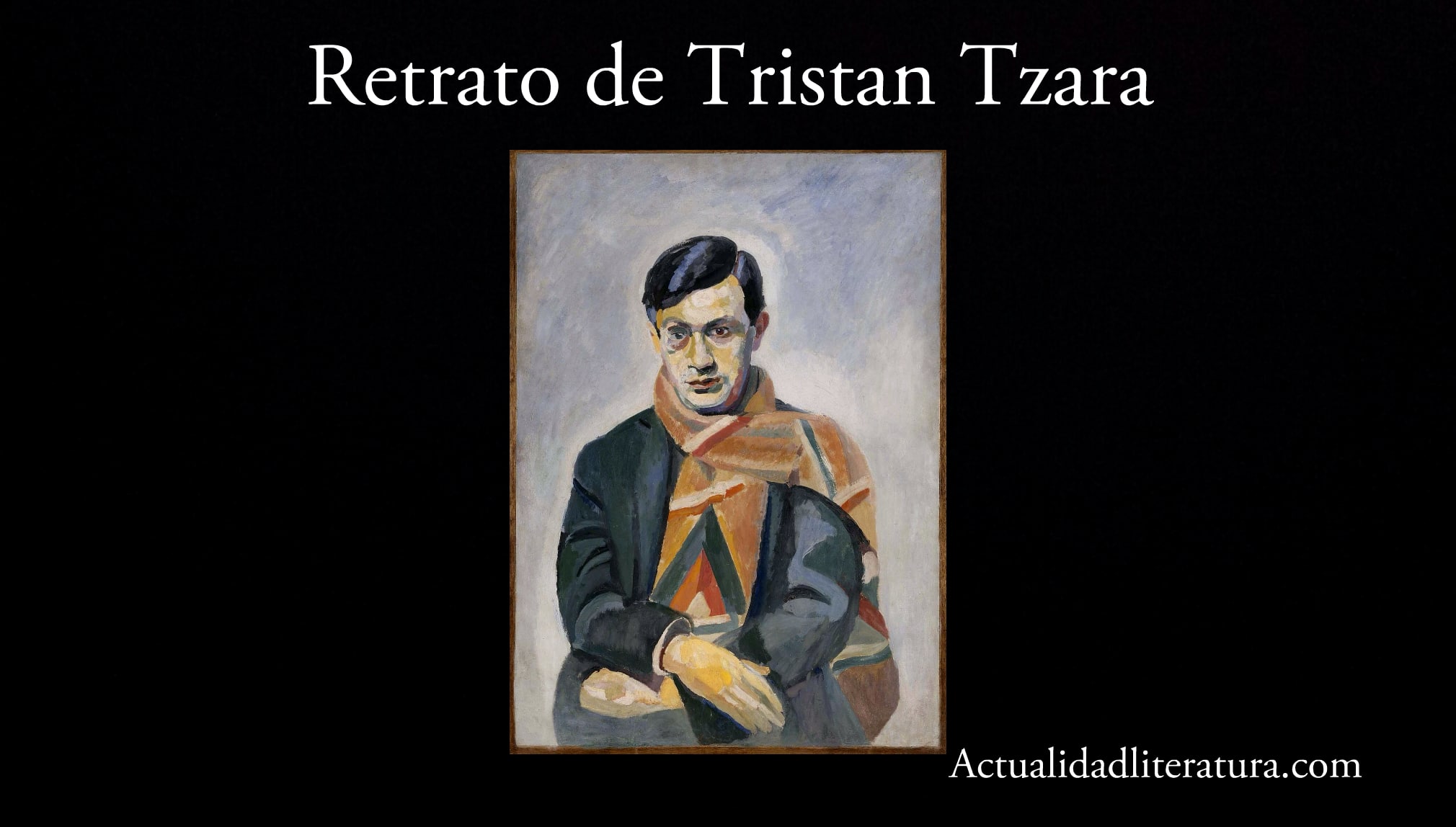
Quote by Tristan Tzara.
Dadaism is an artistic movement that was founded by the Romanian poet Tristan Tzara (1896 - 1963). In a manifesto, the writer said: “I am against all systems; the most acceptable of the systems is to have none as a principle ”. This would be part of the basis of the thought of the current that he conceived. Similarly, historians consider Hugo Ball (1886 - 1927) and Hans Arp (1886 - 1966) as precursors of this trend.
Its name derives from the French word "dada" —meaning toy or wooden horse—, chosen at random from the dictionary (in a deliberately illogical act). This denotes and highlights the lack of guidelines, a position contrary to the traditional and a clear anarchic component from the genesis of the movement.
Historic context
Switzerland, a privileged territory
During the First World War (1914 - 1918), Switzerland - as a neutral country - hosted a large number of refugees. In the artistic-intellectual sphere, this circumstance produced a very diverse amalgam of artists originating from all corners of Europe.
Despite the logical ideological and cultural differences, many of them agreed on one point: the war was a reflection of the decline of the West. Consequently, the promise of progress brought by the scientific and technological advances of the second industrial revolution, led to a death on a grand scale.
A countercultural response
The shared disappointment of that group of artists, literati and intellectuals represented the perfect breeding ground. For conventional forms of scientific endeavor, religion, and philosophy — especially idealism — no longer offered solutions to Europe's problems. Likewise, the promoters of Dadaism rejected the typical schemes of social positivism.
Then, the Cabaret Voltaire in Zurich saw the birth of Dadaism in 1916. This meant a burlesque demonstration towards bourgeois society and art through provocative proposals (in a kind of anti-art). Thus, the core of Dadaism harbors an undeniable defiant and uncompromising intention against the established order.
Features
The first obvious feature of Dadaism is the break with traditional and conservative standards. Being an avant-garde, rebellious and protest current of soul, issues such as spontaneity and artistic freshness acquire a neuralgic character. Where improvisation and creative irreverence are highly appreciated values.
In the same way, the most constant doctrines are anarchism and nihilism. For this reason, Dadaist artists and writers are prone to the search for chaos and unconventional artistic patterns. Accordingly, absurd, illogical or incomprehensible contents are frequent, with large doses of ironies, radicalism, destruction, aggressiveness, pessimism ...
The "anti-positivist" ideal
Dadaism is a current of artistic thought that arose in contrast to the social positivism of the early twentieth century. Its representatives unceremoniously criticized the bourgeois lifestyle for its materialism and hypocrisy "Morally accepted"; they simply loathed its superficiality.
For this reason, concepts such as nationalism and intolerance are very badly perceived by Dadaist thought. Under this perspective, patriotic sentiments, consumerism and capitalism are singled out as the cause of humanity's greatest abominations: the wars.
Interdisciplinary
It is impossible to relate Dadaism only to one art. Actually, it is a current that integrates multiple disciplines, turning them into a whole. For this reason, the movement it evolved from the hand of different manifestos, seven in total. All of them manifest the hatred on the part of the Dadaists towards aestheticism and beauty due to the harsh reality of the European continent.
Appreciation of the artistic gesture
Essentially, a Dada artist must choose an object in order to give it an intention or meaning. In no case does the action of the creative pursue any aesthetic claim or individualistic claim. In other words, the artist is not the typical generator of beauty, on the contrary, he is no longer the one who paints, sculpts or writes. The "artistic gesture" is valued primarily.
Cutting Edge
Dadaism accompanied the genesis of new artistic techniques, including photomontage, ready made and the collage (common to cubism). On the one hand, photomontage is a technique based on superimposing different fragments of photographs (and / or drawings) in order to create a unique image.
While the ready made consists of intervening or transforming an everyday object with the purpose of giving it an artistic quality (message) or meaning. Cwith a similar intention, collage arises from the combination of objects (which can be modified), reliefs, photographs, drawings and even sounds.
Literary Dadaism
The literary proposal of Dadaism is (deliberately) irrational. It mainly encompassed the poetic genre and, in accordance with the foundations of the movement, pointed towards an innovative use of words. Where the succession of words or phrases lack an axiomatic meaning or a coherent argumentative thread.

Portrait of Tristan Tzara.
Features of Dadaist Poems
- Contrary to conventional metric structures and themes related to romanticism and social positivism.
- It reaffirms surrealism.
- It promotes nonsense.
- His attitude is humorous and burlesque, particularly towards classical lyrical forms.
"Manual" for developing Dadaist writings
One of the most common ways to create Dada poems is through newspaper clippings. First, the length of the text to be assembled must be determined in order to calculate the number of words needed. The cut-out words are then placed inside a box (not transparent) with a hole.
The words in the box are then scrambled to ensure randomness. Finally, the words are pasted on a sheet as they appear. The result will probably be an incompressible sequence of terms.
The calligram
This method - previously employed by Guillaume Apollinaire, a writer linked to cubism - fed the dadaist literature. This technique favors random word placement and avoids logical sound association. Even though a calligram is generally used to elaborate delimited drawings or made up of letters.
Perpetual validity
Although collages are mostly associated with cubism, they are also part of the "heritage" of Dadaism. Currently, this technique allows combining the seven arts in the same work. In fact, thanks to laser technology and 3D printers, Nowadays it is possible to create collages in three dimensions with “floating” audiovisual projections.
In fact, the technologies of the Industrial Revolution 4.0 have led to a new universe of creative possibilities. In any case, Much of the foundations of Dadaism (avant-garde, freshness, innovation, irreverence, impact ...) are palpable in contemporary plastic arts and in the artistic exhibitions of the XXI century.
It is interesting to delve into the boundaries of the different artistic-social movements of the last century. If I remember correctly, a fundamental part of Dadaism was a mural made by Klimt for the University of Vienna, where he illustrated medicine, philosophy and jurisprudence, but it was censured for its alarming content. Thanks to this article I was able to specify some concepts about this movement that I had wrong.
-Gustavo Woltmann.